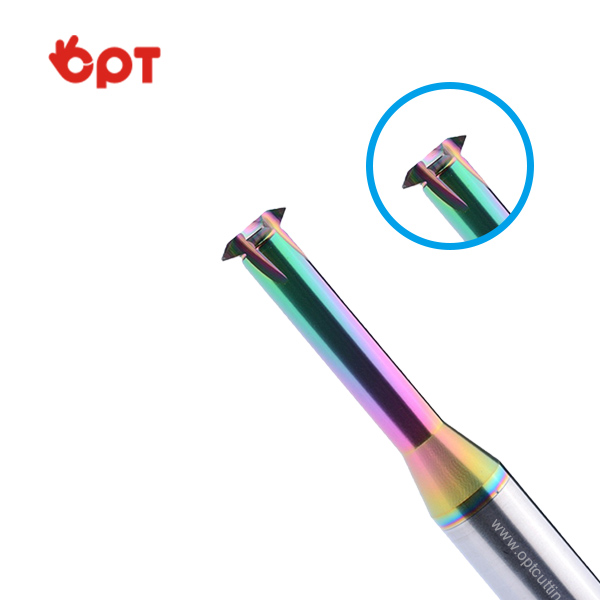When it comes to machining titanium, selecting the right end mill is crucial for achieving high-quality results. Titanium is notorious for its low thermal conductivity and high chemical reactivity, making it a challenging material to work with. The key to successful titanium machining lies in using the right tools, and the end mill plays a critical role in this process.
Choosing the right end mill for titanium is essential for achieving optimal performance and extending tool life. With the right end mill, you can achieve superior surface finishes, improved tool life, and increased productivity. In this guide, we will discuss the factors to consider when selecting an end mill for titanium and provide tips for optimizing your machining process.
Material composition
Titanium alloys used in manufacturing applications have a high strength-to-weight ratio, making them an ideal choice for aerospace, medical, and automotive industries. However, the same properties that make titanium desirable also make it challenging to machine. Titanium has a tendency to work-harden, which can lead to premature tool wear and increased cutting forces. When selecting an end mill for titanium, it’s important to consider the material composition of the titanium alloy you will be machining. Some titanium alloys are more abrasion-resistant, while others are more heat-resistant. Understanding the specific properties of the titanium alloy will help you choose the right end mill for the job.
Coating
The coating of the end mill is another crucial factor to consider when machining titanium. A high-performance coating can improve tool life and reduce cutting forces, resulting in better surface finishes and increased productivity. When machining titanium, it’s recommended to use end mills with coatings that are specifically designed for high-temperature applications. Look for coatings that provide excellent heat resistance and lubricity to minimize friction and prevent the material from sticking to the cutting edges.
Geometry
The geometry of the end mill also plays a significant role in its performance when machining titanium. The right geometry can help reduce cutting forces, improve chip evacuation, and enhance the overall performance of the tool. When selecting an end mill for titanium, look for geometries that are specifically designed for high-performance machining. An end mill with a variable helix angle, variable pitch, and sharp cutting edges can help improve chip flow and reduce the risk of work hardening, resulting in longer tool life and better surface finishes.
Tool material
In addition to the coating and geometry, the material of the end mill is also important when machining titanium. Carbide end mills are the preferred choice for titanium machining due to their high hardness and wear resistance. Look for end mills made from high-quality carbide materials that are specifically designed for titanium and other high-temperature alloys.
Machining titanium requires the right tools, and choosing the right end mill is essential for achieving optimal results. Consider the material composition, coating, geometry, and tool material when selecting an end mill for titanium machining. By choosing the right end mill and optimizing your machining process, you can achieve superior surface finishes, extended tool life, and increased productivity when machining titanium.
Post time: Dec-25-2023


